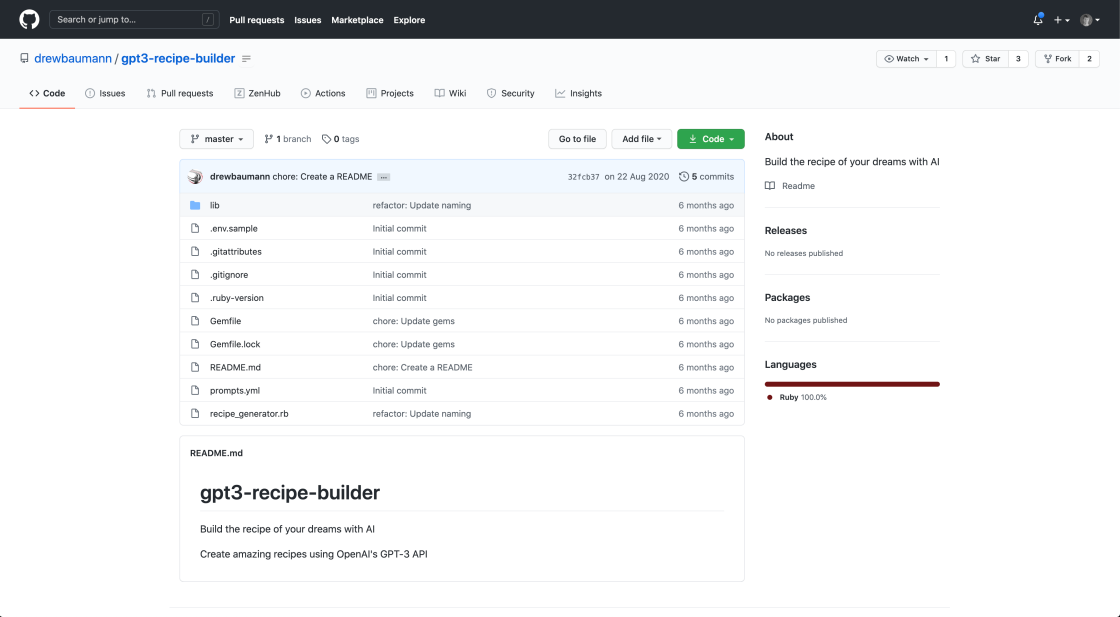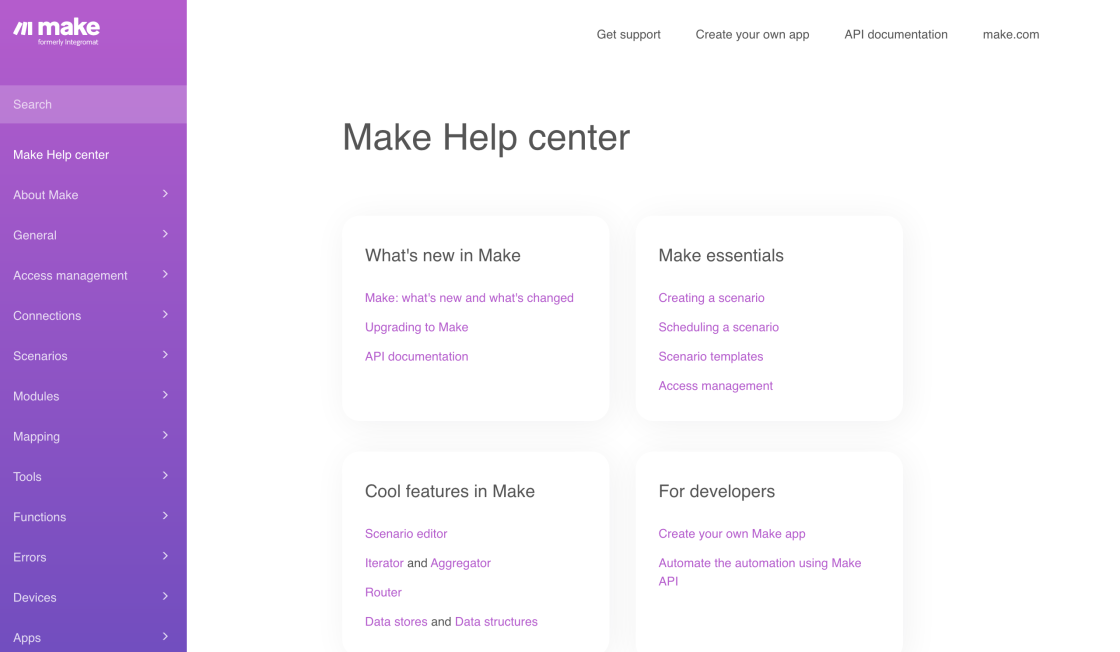

Disperse is a content automation platform for social media virality. Disperse allows you to automatically repurpose your content to multiple social platforms.
Kupiks is an advanced AI tool that is revolutionizing the data entry process by providing automated email parsing solutions. The tool is easy to use and accessible to businesses and individuals who need to manage various forms of data, including invoices, customer inquiries, and leads. With Kupiks, you can streamline your data entry process, saving time and reducing the likelihood of errors. This innovative tool is quickly gaining popularity for its ability to simplify data processing tasks and improve overall efficiency.
Microsoft 365 Copilot is a cutting-edge workplace productivity tool developed by Microsoft that is designed to enhance users' productivity with next-generation AI technology. Although the features of this tool have not been explicitly outlined, it is expected to transform the way individuals create, organize, and manage their tasks in the workplace. Currently being tested with select commercial customers, Microsoft 365 Copilot promises to be a powerful productivity tool that will turn users' words into actionable insights, allowing them to work smarter, not harder. This tool is set to revolutionize the way businesses approach workplace productivity and efficiency.
Survey Gizmo is a leading survey platform that offers a comprehensive suite of tools for conducting online surveys, analyzing data, and collecting offline data. With its user-friendly interface and advanced features, Survey Gizmo has become a popular choice among businesses, researchers, and individuals who need to gather feedback, opinions, and insights from their target audience. Whether you need to create a simple survey or a complex questionnaire, Survey Gizmo provides you with the tools you need to design, distribute, and analyze your survey data with ease.
Egnyte is a cloud-based storage, collaboration, and governance solution that offers a secure and efficient way to store, share, and manage files. It offers businesses the flexibility to access their data from anywhere, anytime, and on any device while ensuring compliance with industry regulations. Egnyte's advanced features like real-time collaboration, file versioning, and granular user permissions make it an ideal solution for organizations of all sizes. With its easy-to-use interface and robust security measures, Egnyte has become a popular choice for businesses looking to streamline their file management processes securely.
Azure CLI is a command-line tool that enables the management of Azure resources through a simple and intuitive interface. It provides a robust set of commands for automating tasks, managing resources, and deploying applications. Using Azure CLI, developers and administrators can efficiently manage their cloud infrastructure and streamline their workflows. With its cross-platform compatibility and extensive documentation, Azure CLI is a powerful tool for managing cloud resources on any platform. This article will explore the features and benefits of using Azure CLI for managing Azure resources.

GPT-3 Recipe Builder
Generating Cooking Recipes with OpenAI's GPT-3 and Ruby

VidIQ
Boost Your Views And Subscribers On YouTube - vidIQ

Klaviyo SMS Assistant
SMS Assistant AI Text Messages | Klaviyo Product Features

Chai
AI Writing Assistant

Pictory
AI-Generated Storytelling

Dreamstudio AI
Your Personal AI Artist

Make (fomerly Known As Integromat)
Automation Platform

Flowrite
Flowrite - Supercharge your daily communication
OpenStack is an open-source cloud computing platform that allows businesses to build and manage their own cloud infrastructure. It provides a range of services such as compute, storage, networking, and more, all of which can be accessed through a web-based dashboard or API. While the dashboard is an easy way to interact with OpenStack, it may not be suitable for users who prefer a command-line interface (CLI). This is where OpenStack CLI comes in - it is a command-line tool for administering OpenStack clouds.
OpenStack CLI provides users with a simple and efficient way to manage their OpenStack resources, without having to rely on the dashboard. Users can perform tasks such as launching instances, creating volumes, managing networks, and more, all from the command line. This tool is particularly useful for users who need to perform repetitive tasks or automate their OpenStack management workflows.
In this article, we will explore the features of OpenStack CLI, how to install and configure it, and some common use cases. We will also discuss the benefits of using a CLI for OpenStack management and why it is a valuable addition to any OpenStack user's toolkit.
OpenStack CLI is a command-line tool that allows you to administer OpenStack clouds using the command-line interface.
You can install OpenStack CLI using pip, the Python package manager, by running the command "pip install python-openstackclient."
Some common OpenStack CLI commands include "openstack server list," "openstack flavor list," and "openstack network list."
Yes, you can use OpenStack CLI to manage multiple OpenStack clouds by setting up authentication credentials for each cloud.
You can manage a wide variety of OpenStack resources using OpenStack CLI, including servers, images, networks, and security groups.
OpenStack CLI can be challenging for beginners, as it requires knowledge of command-line interfaces and OpenStack concepts.
Yes, there are several alternatives to OpenStack CLI, including Horizon (the OpenStack web dashboard) and various third-party tools.
Yes, you can automate tasks with OpenStack CLI by creating scripts or using configuration management tools like Ansible or Puppet.
You can get help with OpenStack CLI by running the command "openstack --help" or by consulting the official OpenStack documentation.
Yes, OpenStack CLI is open source software released under the Apache 2.0 license.
| Competitor | Description | Key Differences |
|---|---|---|
| AWS CLI | Command-line interface for managing Amazon Web Services (AWS) | Only supports AWS services, not OpenStack |
| Google Cloud SDK | Command-line interface for managing Google Cloud Platform resources | Only supports Google Cloud Platform, not OpenStack |
| Azure CLI | Command-line interface for managing Azure resources | Only supports Azure, not OpenStack |
| Terraform CLI | Command-line interface for building, changing, and versioning infrastructure | Focuses on infrastructure provisioning rather than cloud administration |
| Ansible | Automation platform that includes command-line interface for managing cloud resources | More focused on automation and configuration management rather than direct cloud administration |
OpenStack CLI, also known as the Command-line tool, is an essential tool for managing and administering OpenStack clouds. OpenStack CLI provides a quick and easy way to use OpenStack services through the command line interface. Here are some of the things you should know about OpenStack CLI:
1. Overview of OpenStack CLI: OpenStack CLI is a set of command-line utilities that interact with OpenStack services. The CLI tools communicate with OpenStack API endpoints and allow you to perform various tasks such as creating instances, managing networks, and launching virtual machines.
2. Benefits of using OpenStack CLI: OpenStack CLI is a powerful tool that provides several benefits to its users. Some of the benefits include increased productivity, streamlined automation, and simplified management of OpenStack resources. Additionally, OpenStack CLI allows you to manage multiple OpenStack environments from a single command-line interface.
3. Getting started with OpenStack CLI: To get started with OpenStack CLI, you need to have OpenStack installed on your system. Once you have OpenStack installed, you can use the CLI tools by installing the OpenStack client packages. You can then authenticate your OpenStack account and start using the CLI tools to manage your OpenStack resources.
4. Basic commands in OpenStack CLI: OpenStack CLI provides a vast range of commands that can be used to manage OpenStack resources. Some of the basic commands include `openstack server create`, `openstack network list`, and `openstack image list`. These commands are used for creating instances, listing networks, and listing images, respectively.
5. Advanced commands in OpenStack CLI: OpenStack CLI also provides advanced commands that can be used for complex tasks such as managing quotas, creating custom images, and managing security groups. These advanced commands require a deeper understanding of OpenStack architecture and its components.
In conclusion, OpenStack CLI is an essential tool for managing and administering OpenStack clouds. It provides several benefits to its users, including increased productivity, streamlined automation, and simplified management of OpenStack resources. By learning the basic and advanced commands in OpenStack CLI, you can efficiently manage your OpenStack environment and improve your workflow.
TOP